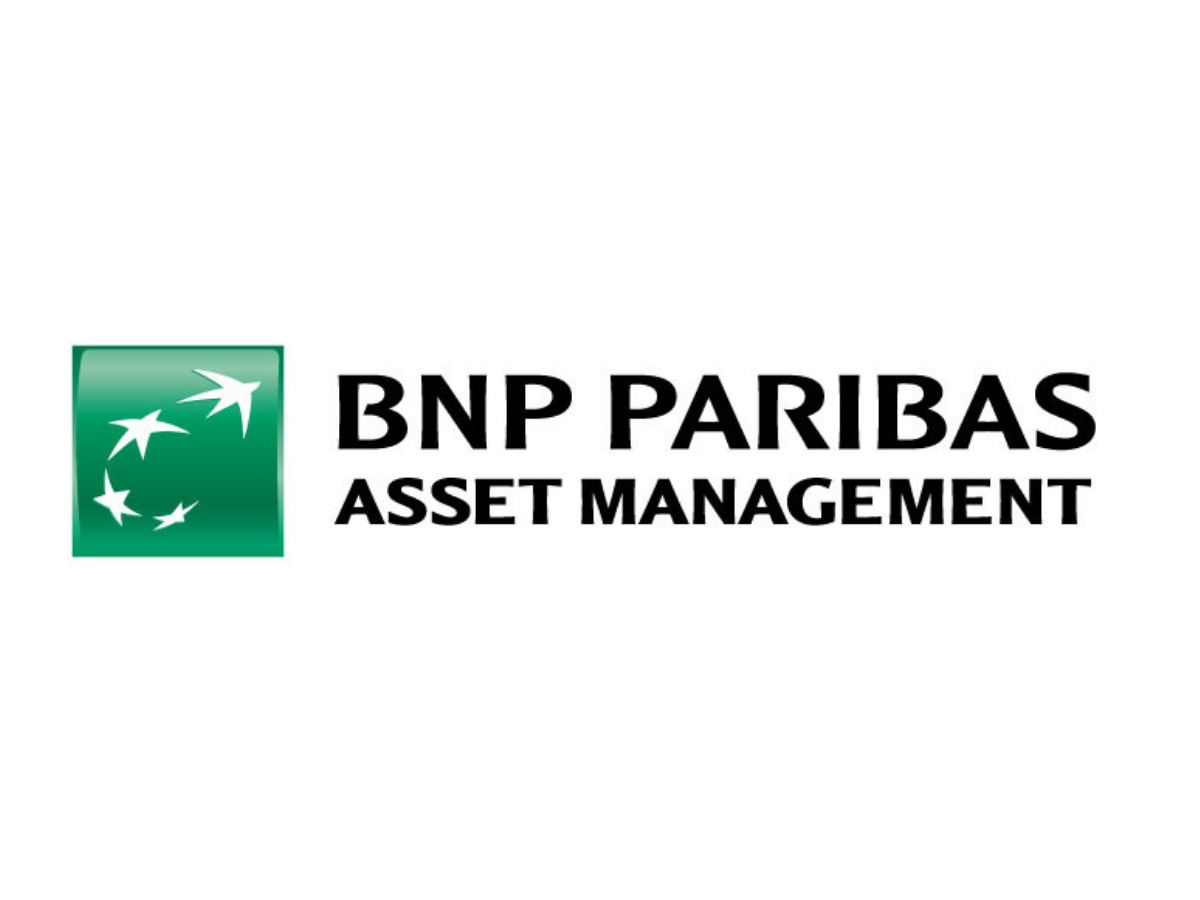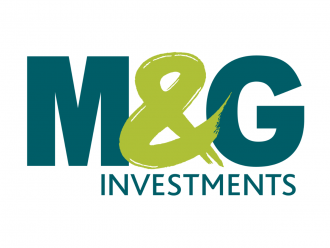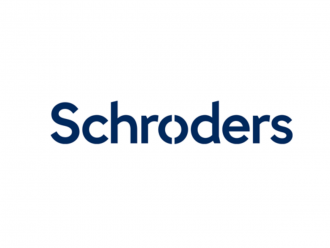Julien Halfon, head of pension solutions at BNP Paribas Asset Management.
The widespread adoption of liability-driven investing (LDI) was one of the few success stories to have emerged from the financial crisis. By mapping out what pension funds need to pay and investing more than 30% of their assets in LDI, many of them have closely matched their liabilities and assuage fears of under-funding held by corporate sponsors.
But with this success came a new problem. While on paper, pension fund liabilities are matched, the LDI approach has created a new headache. Some 85% of UK pension schemes claim to be cash-flow negative, right when they need to be generating more cash than ever.
Most pension funds in the UK are closed to new joiners and future accrual of existing members. This means that for many there is no new money coming into the pot. At the same time, the membership is maturing and the level of benefit payments they require is rapidly increasing. Without new money coming in to be recycled and passed through, trustees look to sponsors to increase contributions or to their investments to provide additional cash-flow. Due to the nature of the investments held in an LDI strategy, this cash is not easy to find.
The yields on gilts, the main holdings in physical LDI portfolios, have fallen into negative territory on a real, long-term basis. Other LDI approaches that use a complex web of derivatives and swap contracts may offset this drag from gilts, but with rising interest rates on the horizon, expensive collateral calls may be needed to service the leverage they use. This means just keeping liabilities matched might require significant cash.
Pension funds do have options: cashing in their LDI strategies in favour of more simple and liquid instruments that can be sold to free up the money needed to pay pensions, for example. The problem here is that many of these assets slipped up pension investors a decade ago – and few relish the thought of it happening again. Equities, for instance, are easy to sell when cash is needed, but their volatility – especially when markets might be reaching the end of a record bull-run – make them an unattractive choice for prudent trustees running off their funds.
Some fixed income instruments, aside from expensive gilts, could provide pension funds with options. But credit, which soared after the crisis, has been another tremendous success, meaning the upside investors once gained from holding these relatively risky assets has been squeezed and now offers limited potential for income over what they might expect from gilts.
Real estate and infrastructure equity have become expensive as the market is aware of the high demand for these assets from income-hungry investors. Also, their limited liquidity does not make them ideal targets for pension funds coming to the tail end of their maturity.
The good news is that there is another option.
Over the past few years, a strategy that has been a vital tool to the insurance industry has been transported to the pension sector: cash-flow driven investing (CDI). As some of the largest investors around, with considerable, regular outlays to claimants, insurers need to have cash readily available.
Initially, some of the tools that were offered to pension investors were direct copies of those in the insurance sector and overlooked the nuance of differences between the two. Today, the next generation of CDI strategies have been tailored to focus on the needs of maturing pension funds with benefit payments to make.
These strategies make use of a growing number of illiquid fixed income instruments that can work alongside what is already held in an LDI portfolio. Despite moving towards their endgame, pension funds are still long-term investors compared to other market participants and can benefit from an illiquidity premium that others cannot.
Many of the illiquid assets that make up the new generation of CDI are often well-protected by covenants, with income linked to inflation and a relatively low default rate.
Being valued less frequently than bonds in the corporate credit market, debt from infrastructure, social housing and some asset-backed securities reduce volatility in pension fund portfolios, while providing a regular income that is higher than that paid by gilts. Unlike equity investments in these sectors, debt matures, returning cash to the lender rather than having to find a buyer for the asset.
CDI is not a full-portfolio solution, but it can work alongside other strategies to help achieve pension funds’ payment needs without resorting to a costly buy-out.
LDI has helped many pension funds reach the home straight – now it is time to hand the baton to CDI to finish the race.



